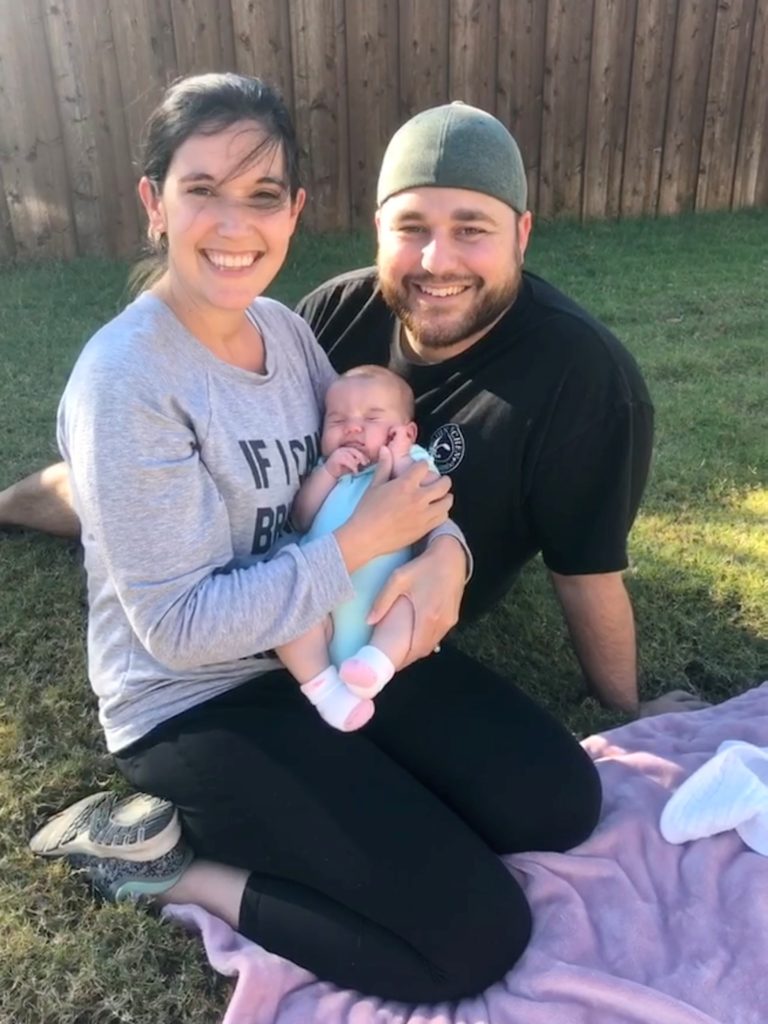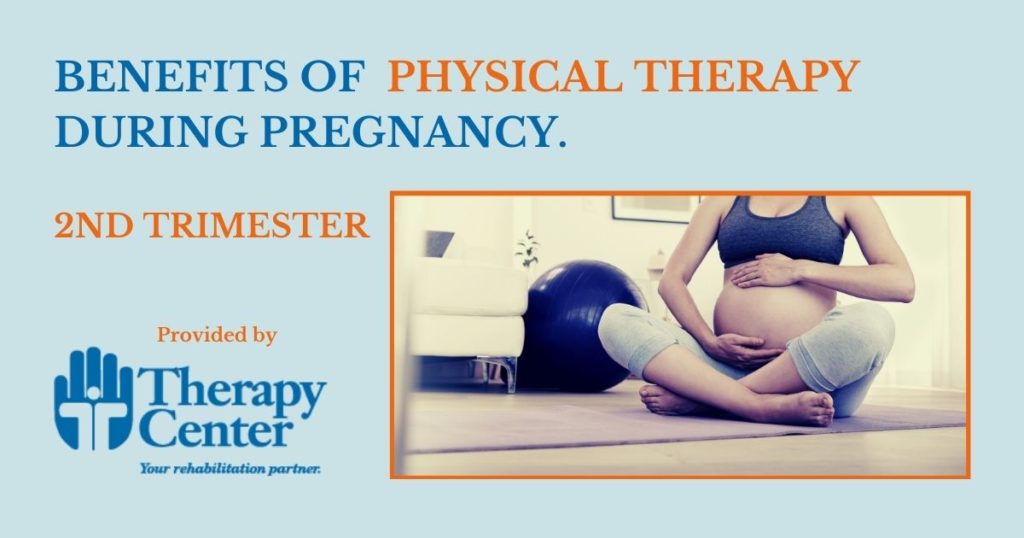 Do you wish that you were better prepared for the changes that your body will undergo through the next nine months of pregnancy? Our physical therapist, Kassy Zerangue, knows the motherhood journey well. She developed the tips below to help moms understand some of the body changes they can expect to see when they’re expecting.
Do you wish that you were better prepared for the changes that your body will undergo through the next nine months of pregnancy? Our physical therapist, Kassy Zerangue, knows the motherhood journey well. She developed the tips below to help moms understand some of the body changes they can expect to see when they’re expecting.
Second Trimester Tips
During the second trimester, pregnancy continues to altar the body as you carry more weight. Postural changes are increasing as the belly and breasts continue to grow. Pain may increases in mid/low back, legs, and feet typically become greater. Women may start experiencing some leaking of urine during activities, as well as constipation from hormonal changes.
Kassy Zerangue, physical therapist at Therapy Center in Grand Coteau, suggests a few things to keep in mind if you are experiencing looking to prevent pain, discomfort, and if you are looking to remain your healthiest self during pregnancy.
-
- Determine if you need to be assessed by a pelvic floor specialist. If you are having trouble with bowel and bladder function it may be time to get help from a pelvic floor therapist to assess these areas.
- Be assessed for posture, cardiovascular endurance, and core strength. These areas can decrease pain and shortness of breath associated with pregnancy, improve bowel mobility, and prepare for labor. (Same as first trimester)
- Get assessed for diastasis recti. Determine if the abdominal muscles are separating due to the stomach being stretched. Recognizing and minimizing this condition will go a long way after the baby arrives as you will need core strength to care for your bundle of joy.
- Receive training on proper technique when performing strenuous activity or going to the restroom.
- Try not to hold breath or bear down when trying to use the restroom or exercising/lifting as this places a lot of stress through the pelvic floor
- Make sure you exhale when doing any strenuous activity or going to the restroom. Having your knees above your hips and leaning forwards when using the restroom can help to avoid straining.
- Have your hip flexibility assessed. Stiffness in the hips can increase strain on the low back increasing pain. Improved flexibility in the hips can lead to decreased back and hip pain, and less difficulty/pain with labor positioning.
If you would like to learn more about the tips discussed in this article, we are here to help! Make sure to follow our Facebook page for more tips like this and reach out to one of our clinics today for recommendations. Always consult with your doctor before starting any new exercises.

